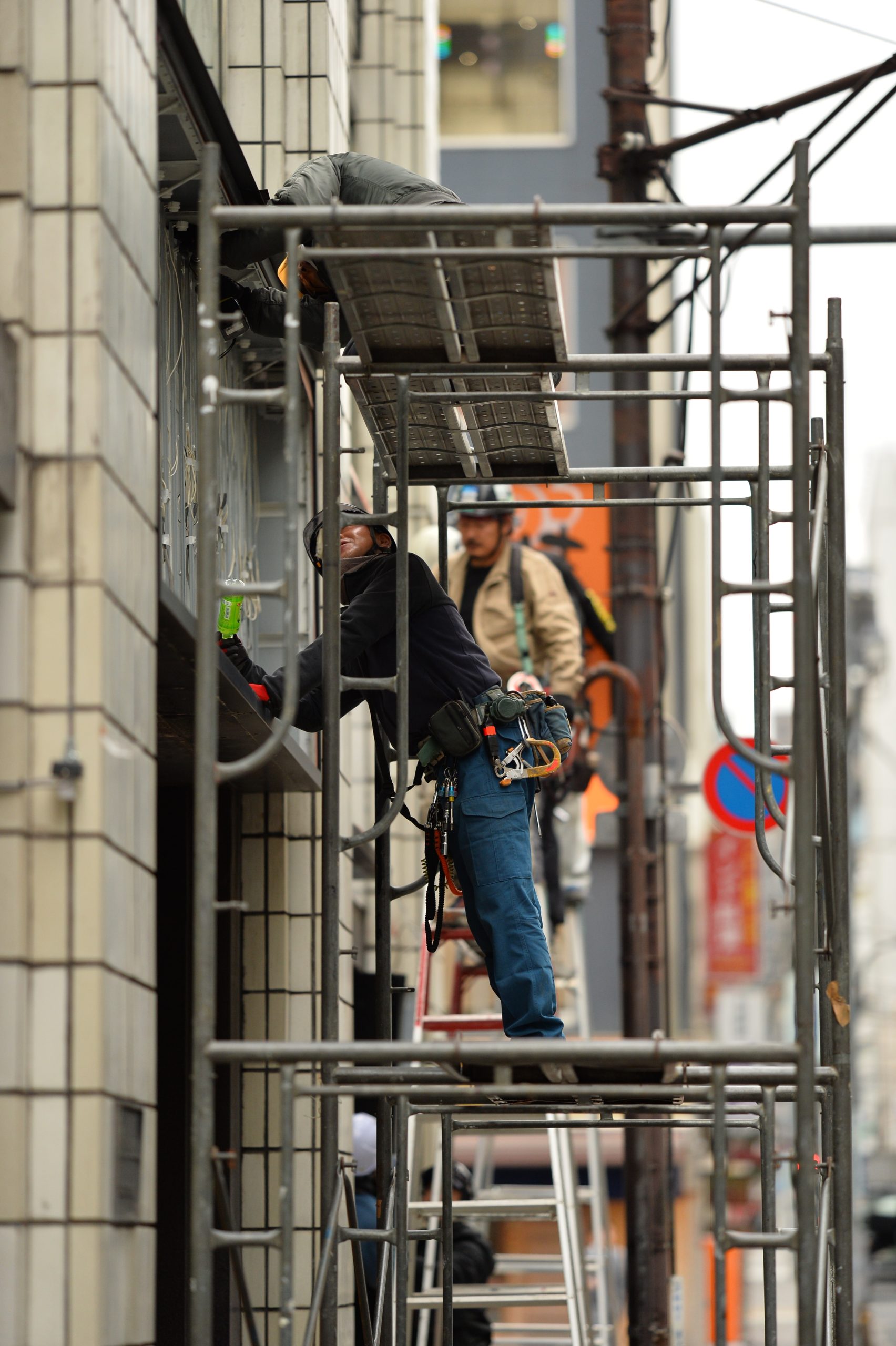When working at height, safety should always be the top priority. To ensure the well-being of workers, three key rules must be followed: Plan, Protect, and Prevent. These rules form the foundation of safe practices across industries where employees operate at elevated levels.
Table of Contents
Three simple rules
Plan:
Effective planning serves as the cornerstone for any safe work-at-height operation. Prior to commencement, it’s essential to craft a thorough plan that evaluates and mitigates potential risks. Here are some fundamental considerations during the planning phase:
- Risk Assessment:
Prior to commencing any task, it is crucial to identify all potential hazards linked to the job. This involves assessing elements such as height, the nature of the structure being worked on, prevailing weather conditions, and the equipment to be utilized.
- Training and Competence:
It’s elemental to confirm that all workers participating in the operation are well-trained and proficient in the precise duties they will undertake at elevated levels. This might involve specialized training for activities such as scaffolding work, the use of fall protection gear, or the operation of aerial lifts.
- Equipment Inspection:
Prior to starting work, thoroughly inspect all equipment to be used, including ladders, scaffolds, safety harnesses, and personal protective gear (PPE). Swiftly address any indications of damage or malfunction by promptly repairing or replacing the equipment as needed.
- Communication:
Establish clear communication protocols among workers at height and those on the ground. Effective communication can aid in forestalling accidents and coordinating activities safely.
Protect:
After the planning phase, the subsequent step is to implement protective measures safeguarding workers from falls and other risks. These protective measures encompass:
- Fall Protection:
Use appropriate fall protection systems, such as guardrails, safety nets, or personal fall arrest systems (PFAS), depending on the nature of the work and the height involved.
- Guardrails and Barriers:
Erect guardrails and barriers near open edges and potential fall hazards to prevent accidental falls and enhance worker safety.
- Personal Protective Equipment (PPE):
Workers must don the appropriate PPE, such as helmets, safety harnesses, non-slip footwear, and other necessary protective gear tailored to the task and working environment.
- Tool and Equipment Tethering:
Prevent tools and equipment from falling and potentially injuring workers below by securely tethering them in place. This practice enhances safety on elevated worksites.
Prevention:
The final rule, prevention, emphasizes the need for ongoing monitoring and vigilance to maintain a safe work environment at height. This phase involves:
- Regular Inspections:
Continuously assess equipment, structures, and safety measures to identify and promptly resolve potential issues or wear and tear, maintaining ongoing safety and efficiency.
- Housekeeping:
Keep the work area clean and free of debris to prevent tripping hazards and maintain a safe environment.
- Supervision and Compliance:
Ensure workers adhere to safety protocols and properly use protective equipment. Effective supervision plays an elemental role in reinforcing safety regulations and preventing hazardous practices.
- Incident Reporting:
Implement a protocol for reporting near misses, accidents, or safety concerns. Thoroughly investigate incidents to identify their underlying causes and introduce corrective measures to forestall recurrence.
How to find a reliable working at heights training course?
Here are the steps to find a reliable working at heights in Toronto training course:
1. Look for Accredited Providers:
When searching for reliable working at heights training courses, prioritize accredited providers. Accreditation is a seal of quality and assurance that the course complies with industry standards and is recognized by regulatory bodies. Choosing an accredited provider ensures that you receive high-quality training that meets safety standards.
2. Read Reviews and Ask for Recommendations:
Seek reviews and recommendations from others who have taken the course or worked with the training provider. Online reviews and testimonials from previous participants can assure valuable insights into the course’s quality, effectiveness, and the provider’s reputation.
3. Evaluate Training Facilities and Resources:
If possible, visit the training facility or inquire about the resources used for training. Ensure that the provider has well-maintained equipment, appropriate training areas (e.g., mock construction sites or scaffold setups), and experienced instructors.
4. Instructor Qualifications:
Instructors play an elemental role in delivering effective training. Verify the qualifications and experience of the instructors. Experienced trainers with expertise in working at heights are more likely to provide high-quality instruction.
What are the benefits of a training course for working at heights?
A training course for working at heights offers several benefits, both for individuals and organizations. Here are some of the key advantages:
- Improved Safety
- Legal Compliance
- Reduced Accidents and Injuries
- Cost Savings
- Increased Productivity
- Enhanced Reputation
- Insurance Benefits
- Higher Job Opportunities
- Confidence and Morale
- Emergency Preparedness
- Long-Term Skills
- Reduction in Near Misses
In summary, a training course for working at heights assures numerous benefits, ranging from improved safety and legal compliance to cost savings and boosted productivity. Whether you are an employer or an individual worker, investing in this type of training is a critical step in creating a safer and more secure work environment.

